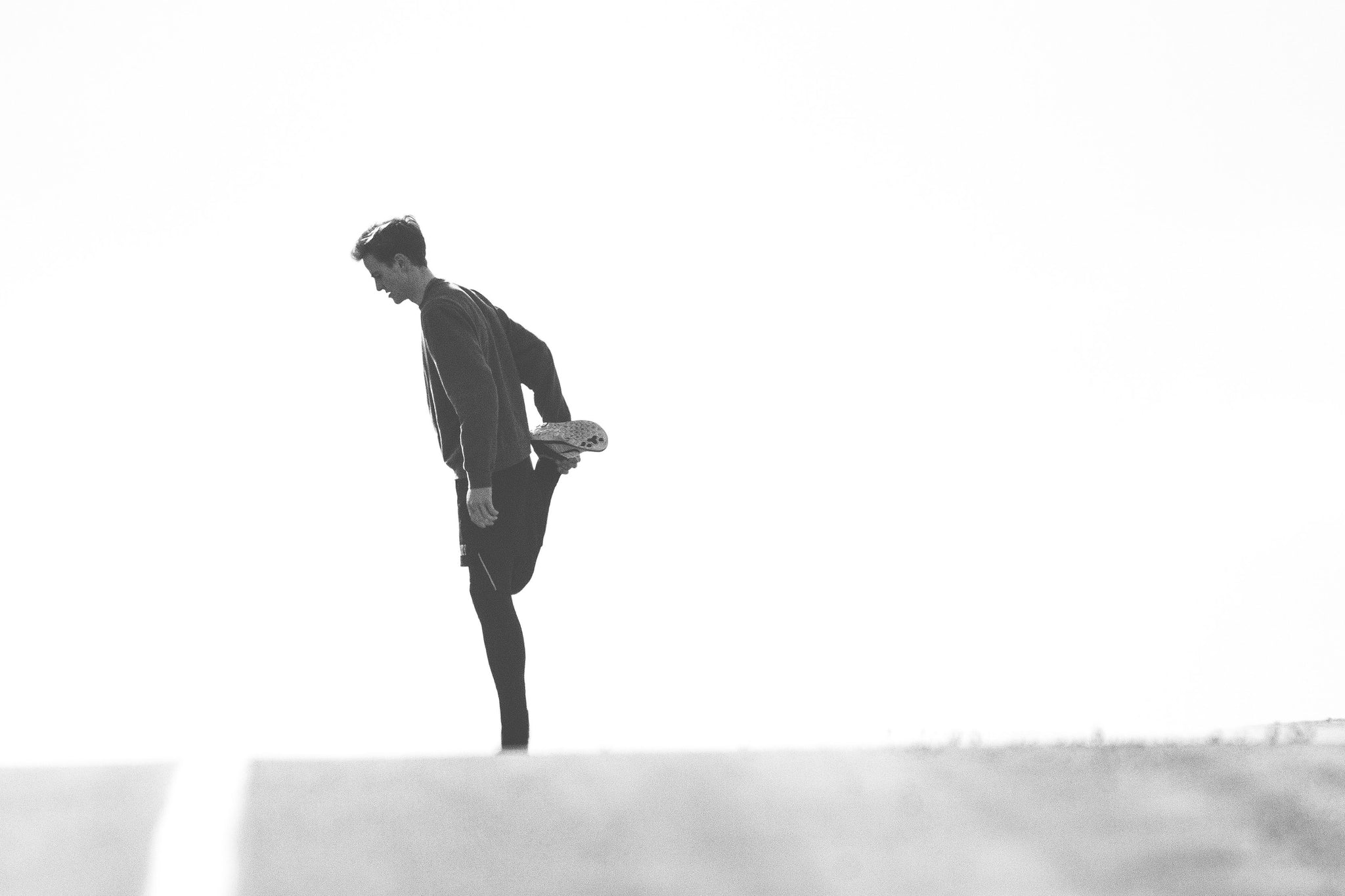
Chest restriction: How can the motion of your chest create cramps?
Alexandra Leon
[Return to previous article]
While running, your arms swing back and forth to help propel you forward. The farther and faster they move, the more momentum they produce. For an individual without injuries or compensation, each arm swing rotates your torso an equal distance on the axis of the spine. When injuries or compensations are present, this balance is broken.

If the rotation towards one side is greater than the other, then the muscles responsible for the rotation on one side are working more than the ones on the other side. Muscles on the side that turns less are constantly stretched, while those on the side that turns more are continuously shortened. It is very difficult to maintain rib cage muscles in their shortened position which means that they must work extremely hard to maintain that state.
Eventually, when the muscle is asked to work in that position for a long period of time, it will exhaust its energy and turn to something less demanding: a state of spasm or ‘locked state’. Once this muscle tension or spasm builds up, it compressed the nerve endings in the surrounding tissues, producing discomfort or pain in the area. This can happen to any of the numerous muscles in our rib cage muscle when running.
At this point, stretching or massaging the area is the only way to get the muscle back to its healthy state.
Stretching to improving thoracic mobility:
Kneel and sit back on your heels and place your forearm (hand 1) on the floor in front of you at a hand distance from your knees. Your forearm should be parallel to your legs. Align you elbow and your hand between your knees. Place your other hand (hand 2) behind your head. Rotate you thorax by bringing your elbow of hand 2 as far back as possible. Return to your original position and slowly repeat 15 times reaching further and further every time.



